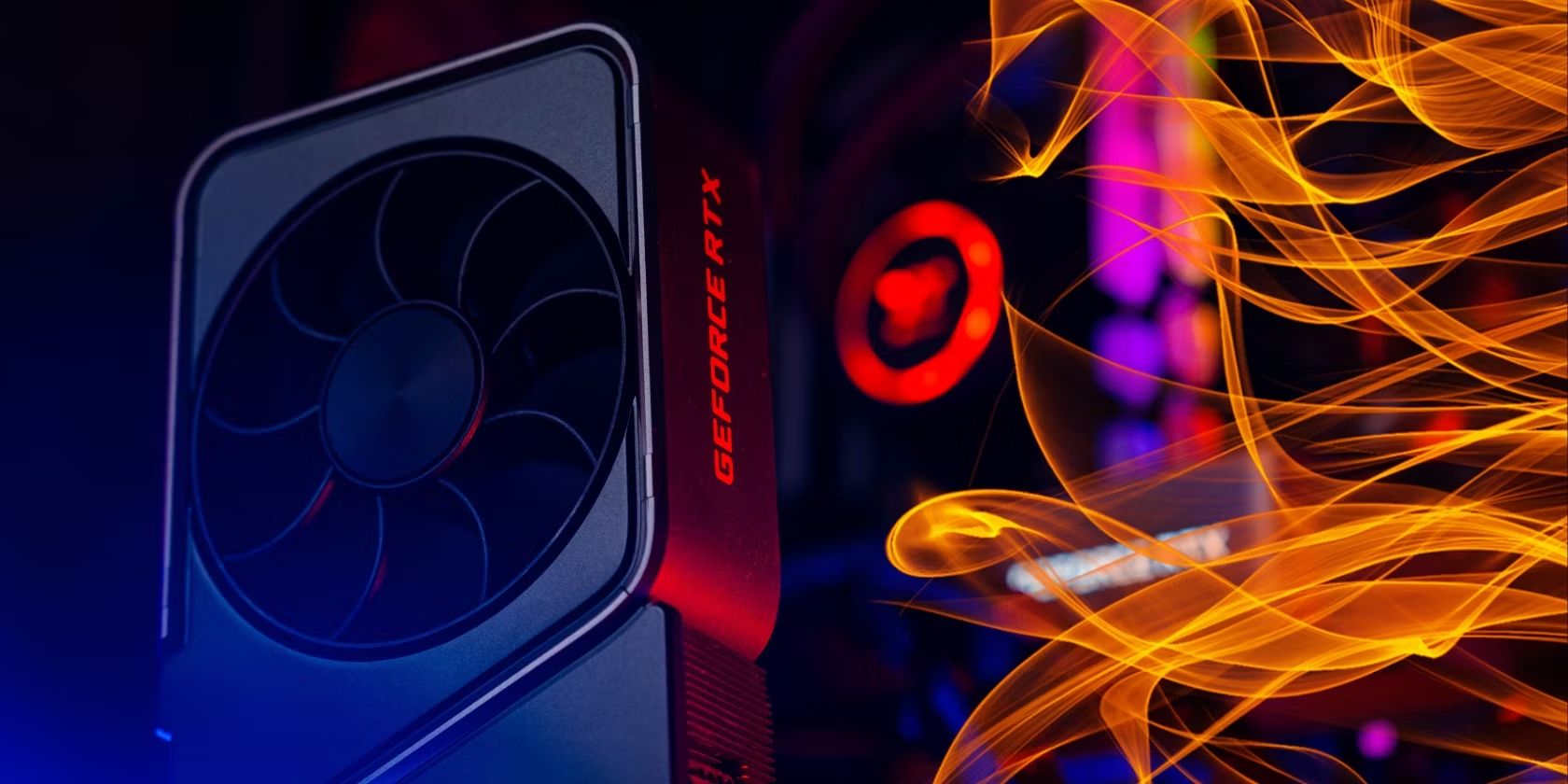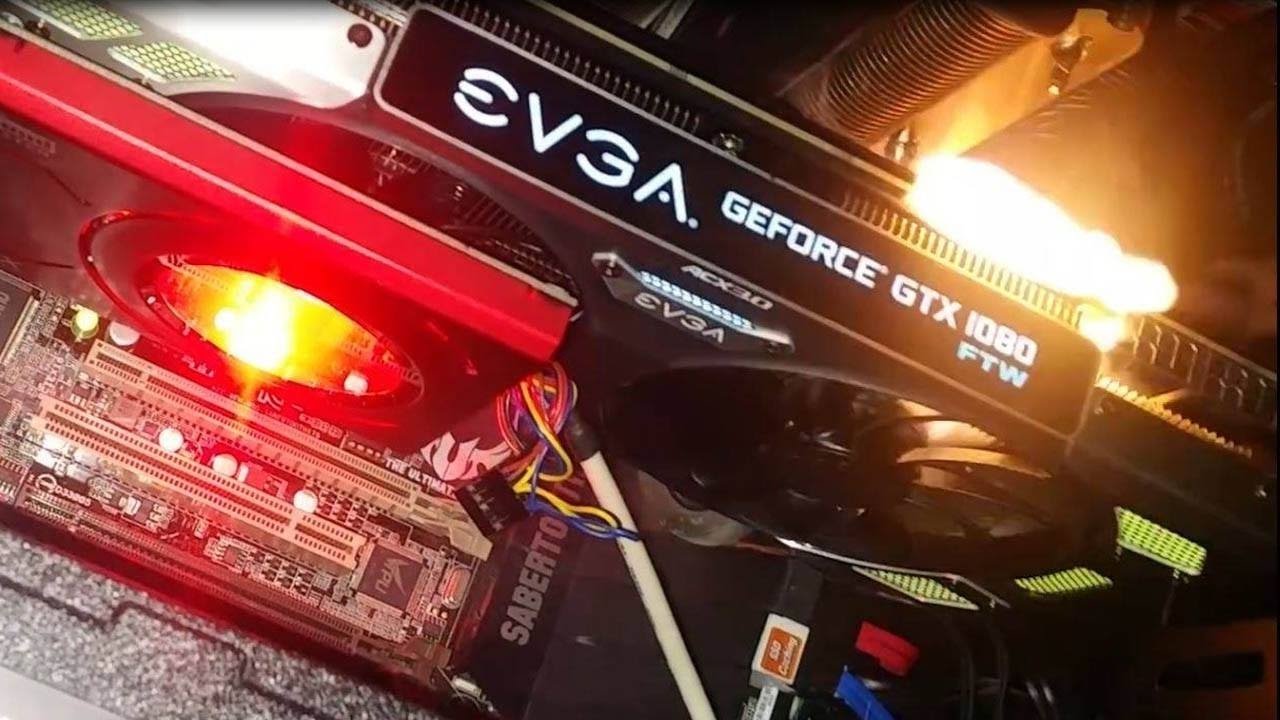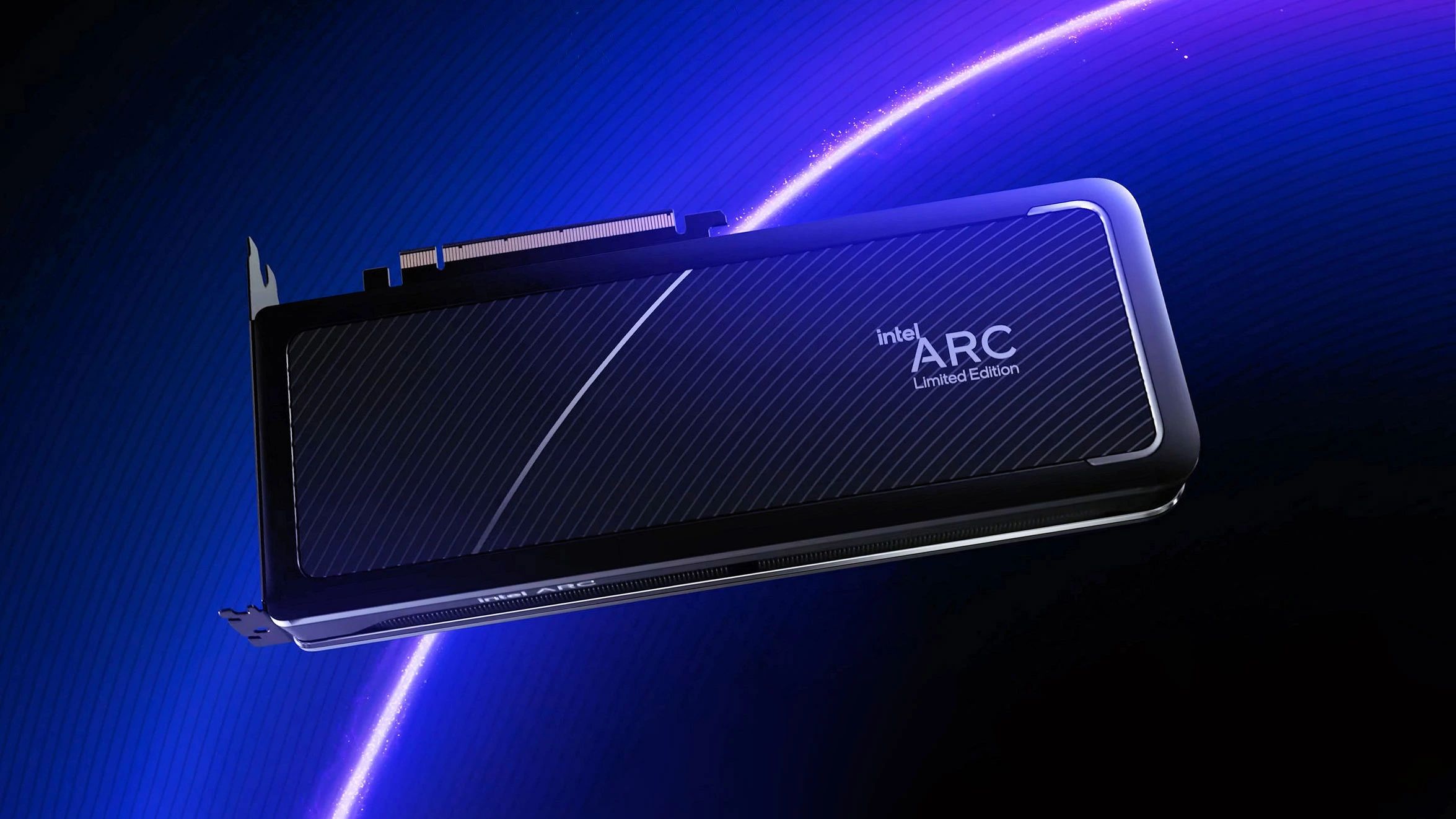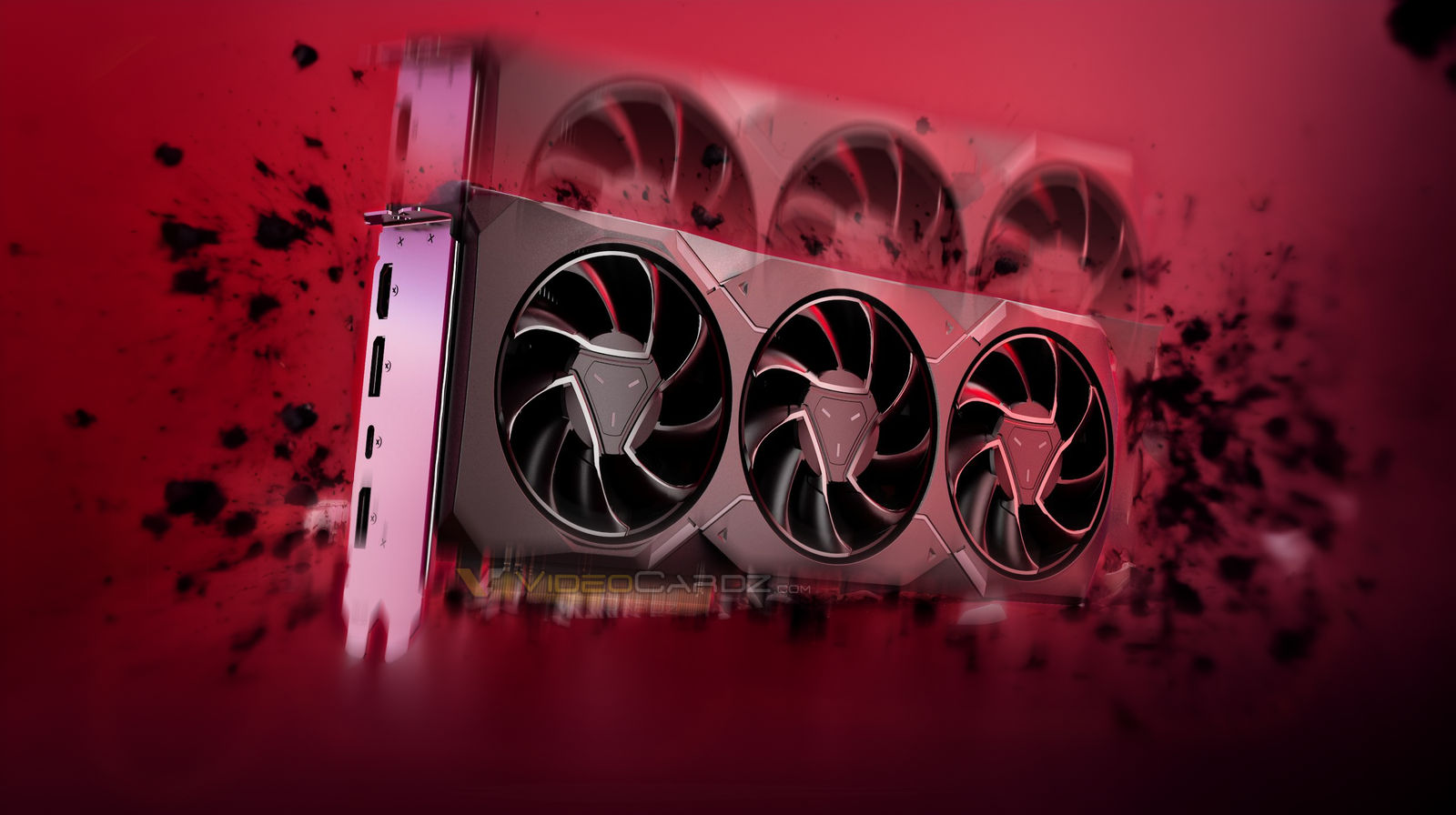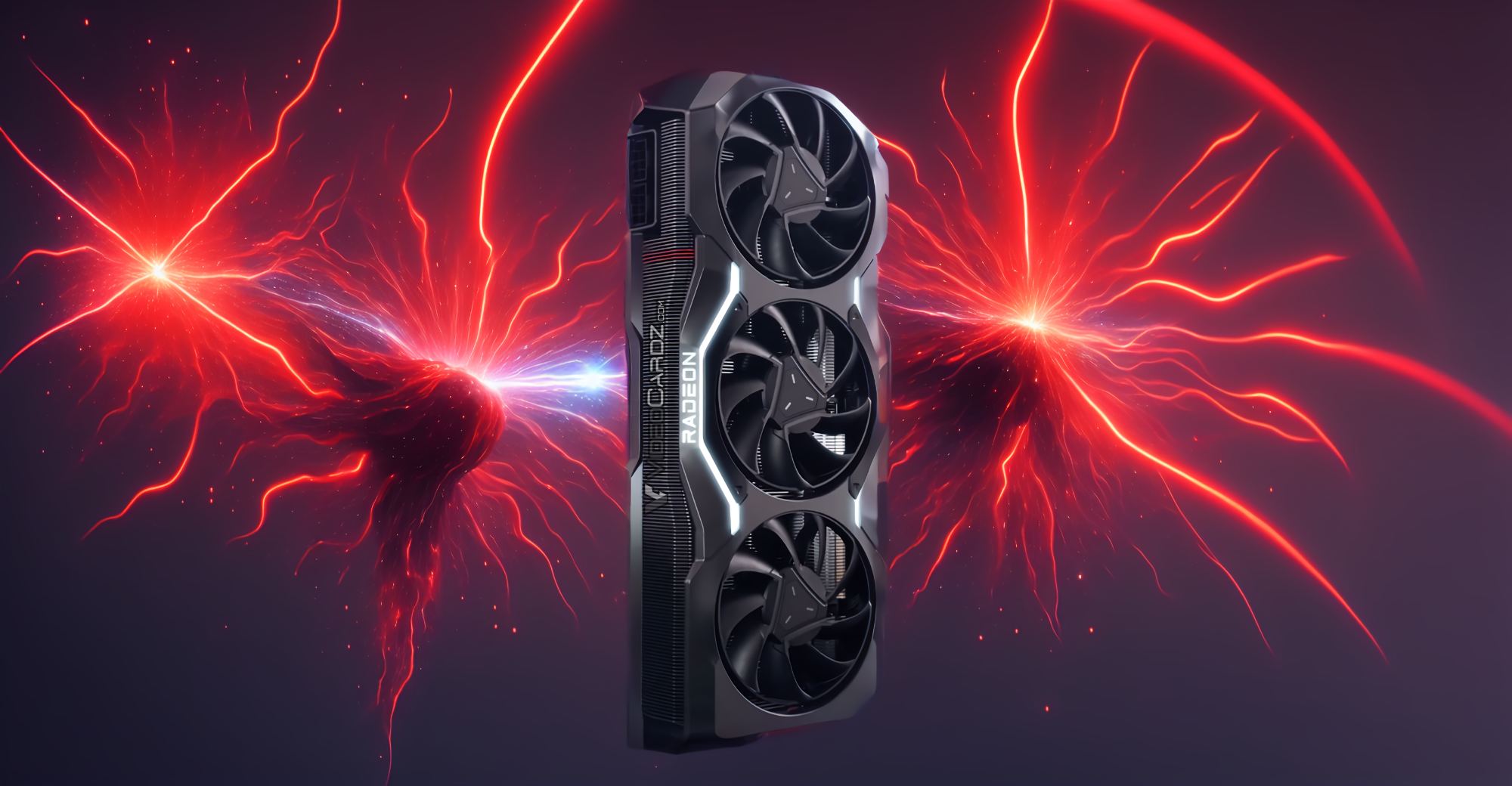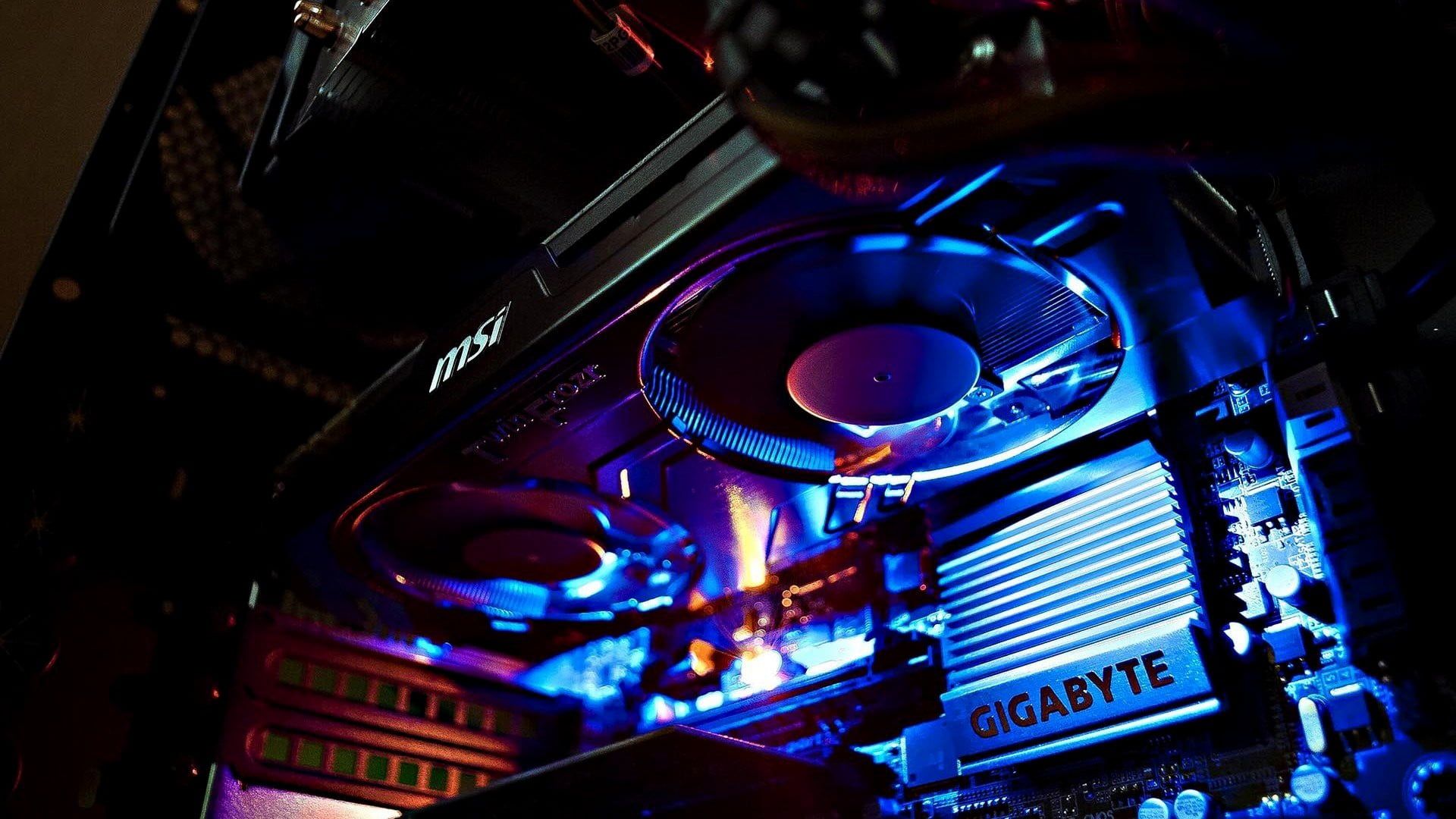Introduction
As technology continues to advance, graphics processing units (GPUs) are becoming increasingly powerful and sophisticated. However, with this increased power, the issue of overheating becomes more prevalent. Thermal throttling is a term that is often associated with GPUs and can have a significant impact on the performance and lifespan of these devices.
Thermal throttling refers to a mechanism that GPU manufacturers implement to prevent the GPU from exceeding its safe operating temperature. When a GPU reaches a certain temperature threshold, it automatically reduces its clock speed and voltage to lower the heat output, thus preventing potential damage to the GPU.
While thermal throttling is a necessary safety feature, it can have noticeable effects on GPU performance. When the clock speed and voltage are reduced, the GPU’s ability to process graphical tasks and run demanding applications is diminished. This can lead to lower frame rates, reduced overall performance, and even system instability.
Fortunately, there are steps that can be taken to prevent thermal throttling and ensure that GPUs operate at their maximum potential. By implementing proper cooling solutions and monitoring the GPU’s temperature, users can minimize the risk of thermal throttling and maintain optimal performance.
In this article, we will explore the concept of thermal throttling in more detail, examine how it occurs, discuss its effects on GPU performance, and provide tips on preventing thermal throttling. Additionally, we will touch on the importance of monitoring GPU temperature and highlight some popular tools that can be used for this purpose.
By understanding thermal throttling and taking proactive measures to prevent it, users can harness the full power of their GPUs and optimize their gaming or graphics-intensive experiences. Let’s delve into the specifics of thermal throttling and explore the steps that can be taken to combat this performance-limiting phenomenon.
What is Thermal Throttling?
Thermal throttling is a dynamic control mechanism that is built into GPUs to prevent them from overheating. When a GPU operates under heavy workloads or in high ambient temperatures, it generates a significant amount of heat. If this heat is not efficiently dissipated, it can lead to a rise in the GPU’s temperature, potentially causing damage to the components.
To address this issue, GPU manufacturers implement thermal throttling as a safety measure. When a GPU reaches a predetermined temperature threshold, it automatically reduces its clock speed and voltage. This reduction in clock speed and voltage lowers the heat output of the GPU, bringing its temperature down to a safe range.
By throttling the GPU’s performance in this way, thermal throttling helps to maintain the GPU’s temperature within a safe operating range, preserving its longevity and preventing hardware damage. The specific temperature threshold at which thermal throttling kicks in varies between GPU models and can be influenced by factors such as the cooling solutions and ambient conditions.
It is important to note that thermal throttling is not limited to GPUs; it is also present in other computer components, such as CPUs. However, in the context of this article, we will focus on its implications for GPUs.
Thermal throttling can be seen as a compromise between performance and safety. While it protects the GPU from overheating, it also reduces its processing power, resulting in degraded performance. The extent to which thermal throttling affects performance depends on the severity of the temperature increase and the degree of throttling applied by the GPU.
In the next section, we will delve deeper into how thermal throttling occurs and the factors that contribute to it. Understanding the underlying causes of thermal throttling is crucial for implementing effective strategies to prevent it and optimize GPU performance.
How Does Thermal Throttling Occur?
Thermal throttling occurs as a result of the increased temperature of the GPU while it is under heavy load. When the GPU generates excessive heat, it becomes necessary to reduce its power consumption to prevent overheating and potential damage. The process of thermal throttling involves several steps:
- Temperature Monitoring: The GPU constantly monitors its temperature using built-in sensors or third-party software. If the temperature surpasses a pre-set threshold, thermal throttling is triggered.
- Clock Speed and Voltage Reduction: To lower the GPU’s temperature, thermal throttling reduces the clock speed and voltage at which the GPU operates. These reductions lead to a decrease in power consumption and heat generation.
- Performance Impact: As the clock speed and voltage are lowered, the GPU’s processing capability decreases proportionally. This results in lower frame rates, reduced graphical performance, and slower rendering speeds in games, applications, and other GPU-intensive tasks.
- Cooling and Heat Dissipation: While the GPU is under thermal throttling, it allows the system’s cooling mechanisms to catch up with the excessive heat production. The reduced power consumption allows the cooling system, such as fans or liquid cooling, to more effectively dissipate the accumulated heat.
- Resuming Normal Operation: Once the GPU’s temperature drops below the threshold, the thermal throttling is lifted, and the GPU returns to its normal clock speed and voltage levels, leading to improved performance.
The occurrence of thermal throttling is influenced by various factors, including ambient temperature, cooling solutions, and the efficiency of the GPU’s cooling system. Inadequate airflow within the computer case, dusty or clogged fans, and insufficient thermal paste application can contribute to higher temperatures and trigger thermal throttling more frequently.
Furthermore, different GPU models and manufacturers may have different temperature thresholds and throttling behaviors. Some GPUs may have more aggressive thermal management policies that prioritize temperature control over sustained high performance, while others may provide greater leeway before throttling kicks in.
In the next section, we will explore the effects of thermal throttling on GPU performance and why it is important to prevent it for optimal gaming and graphics-intensive experiences.
Effects of Thermal Throttling on GPU Performance
Thermal throttling has a significant impact on the performance of a GPU. When the GPU is under thermal throttling, its clock speed and voltage are reduced, resulting in several noticeable effects:
- Lower Frame Rates: Thermal throttling leads to decreased GPU performance, resulting in lower frame rates in games and applications. This can lead to a less smooth and responsive gaming experience.
- Reduced Graphics Quality: With lower clock speeds and voltage, the GPU’s ability to render complex graphics and visual effects is compromised. This can cause a decrease in visual fidelity and overall graphics quality.
- Slower Rendering Speeds: Thermal throttling can also lead to slower rendering speeds, affecting tasks such as video editing, 3D modeling, and other GPU-intensive applications. This can result in longer processing times and decreased productivity.
- Stuttering and Performance Drops: Thermal throttling can manifest in the form of intermittent stutters and performance drops during gameplay or graphically intensive tasks. These fluctuations can be frustrating and interrupt the overall experience.
- Unstable System: In extreme cases, thermal throttling can cause the GPU to overheat beyond its safe operating limits, leading to system instability, crashes, and even permanent damage to the GPU or other components.
These effects of thermal throttling can be particularly noticeable in demanding games or applications that push the GPU to its limits. Gamers and professionals relying on optimal GPU performance may experience a considerable drop in performance if thermal throttling is not addressed.
Preventing thermal throttling is essential to maintain consistent and reliable GPU performance. In the next section, we will explore strategies and techniques that can be employed to prevent thermal throttling and ensure optimal GPU operation.
Preventing Thermal Throttling
Preventing thermal throttling is crucial for maintaining optimal GPU performance and minimizing the negative effects on gaming and graphics-intensive tasks. Here are some effective strategies and techniques to prevent thermal throttling:
- Proper Cooling: Ensuring adequate cooling is essential for preventing thermal throttling. Consider investing in high-quality cooling solutions such as aftermarket CPU coolers, case fans, or liquid cooling systems. Proper airflow within the computer case helps dissipate heat effectively and keeps the GPU temperature in check.
- Cleanliness and Maintenance: Regularly clean the computer case to remove dust and debris that can obstruct airflow and hinder cooling efficiency. Pay special attention to the cooling fans, heat sinks, and filters to prevent overheating due to clogged components.
- Optimize Case Airflow: Arrange the components within the case to optimize airflow. Positioning intake fans to draw in cool air and exhaust fans to expel hot air can help maintain lower GPU temperatures and reduce the likelihood of thermal throttling.
- Consider GPU Undervolting: Undervolting the GPU involves reducing the voltage supplied to the GPU, resulting in lower heat generation. This can help keep the GPU temperature within safe limits and reduce the chances of thermal throttling. However, it is important to research and follow proper undervolting procedures to avoid stability issues.
- Monitor Ambient Temperature: Keep an eye on the ambient temperature of the room where the computer is located. High ambient temperatures can significantly contribute to increased GPU temperatures. Ensure the room is adequately cooled or consider using air conditioning to maintain a cooler environment.
- Optimize In-Game Settings: Adjusting the graphical settings within games can help reduce the GPU’s workload and lower its temperature. Lowering settings such as resolution, anti-aliasing, and graphic details can alleviate the strain on the GPU, decreasing the likelihood of thermal throttling.
- Apply High-Quality Thermal Paste: Properly applying a high-quality thermal paste between the GPU and its heatsink can improve heat transfer, allowing for more efficient cooling. This can help keep the GPU temperature lower and reduce the occurrence of thermal throttling.
Implementing these preventative measures can go a long way in avoiding thermal throttling and maintaining consistent GPU performance. Regularly monitoring and maintaining the GPU’s temperature is also crucial in identifying potential thermal issues and taking proactive steps to address them. Let’s explore the importance of monitoring GPU temperature in the next section.
Monitoring GPU Temperature
Monitoring the temperature of your GPU is an essential aspect of preventing thermal throttling and ensuring optimal performance. By keeping an eye on the GPU’s temperature, you can identify potential overheating issues and take appropriate measures to mitigate them. Here are some reasons why monitoring GPU temperature is important:
- Preventing Thermal Throttling: By regularly monitoring the GPU temperature, you can detect if it approaches or exceeds the thermal throttling threshold. This allows you to take action, such as adjusting cooling or optimizing settings, to prevent thermal throttling from occurring.
- Identifying Cooling Issues: Monitoring the GPU temperature can help you identify any cooling issues, such as inadequate airflow, dust buildup, or malfunctioning fans. Any abnormalities in the temperature readings can indicate possible cooling problems that need to be addressed promptly.
- Optimizing Cooling Solutions: Tracking the GPU temperature over time allows you to evaluate the effectiveness of your cooling solutions. You can monitor how changes in fan speeds, case airflow, or cooling configurations affect the GPU temperature, helping you optimize the cooling setup for better temperature management.
- Preventing Hardware Damage: Overheating can potentially cause permanent damage to the GPU and other components. Monitoring the GPU temperature helps you ensure that it remains within safe limits, preventing any long-term damage that may result from prolonged exposure to high temperatures.
- Overclocking Stability: If you engage in GPU overclocking, monitoring the GPU temperature becomes even more crucial. Overclocking can increase heat generation, potentially pushing the GPU towards thermal limits. By monitoring the temperature, you can ensure overclocking stability and avoid overheating-related issues.
To monitor GPU temperature, there are several software options available, such as MSI Afterburner, HWMonitor, and GPU-Z. These tools provide real-time temperature readings, allowing you to keep a close eye on the GPU’s temperature while running games or other GPU-intensive tasks.
Regularly check the GPU temperature during heavy usage or gaming sessions, and take appropriate steps to address any temperature-related concerns. By proactively managing the temperature, you can maximize GPU performance and extend its lifespan.
Now that we’ve explored the importance of monitoring GPU temperature and implementing preventative measures, let’s wrap up our discussion.
Conclusion
Thermal throttling is a critical aspect of GPU operation, designed to protect the GPU from overheating and potential damage. However, it can have noticeable effects on GPU performance, leading to lower frame rates, reduced graphics quality, and slower rendering speeds. To prevent thermal throttling and optimize GPU performance, it is essential to implement proper cooling solutions, maintain cleanliness, and optimize case airflow.
Undervolting the GPU, adjusting in-game settings, and applying high-quality thermal paste can also contribute to preventing thermal throttling. Additionally, monitoring the GPU temperature using software tools enables timely detection of cooling issues, prevents hardware damage, and aids in optimizing cooling solutions. By actively managing the GPU’s temperature, users can ensure consistent performance and prolong the lifespan of their GPUs.
In summary, understanding thermal throttling and taking proactive measures to prevent it is crucial for maximizing GPU performance. By implementing proper cooling, optimizing settings, and monitoring temperature, users can mitigate the effects of thermal throttling and enjoy smooth and responsive gaming experiences, efficient graphics-intensive tasks, and overall system stability.







